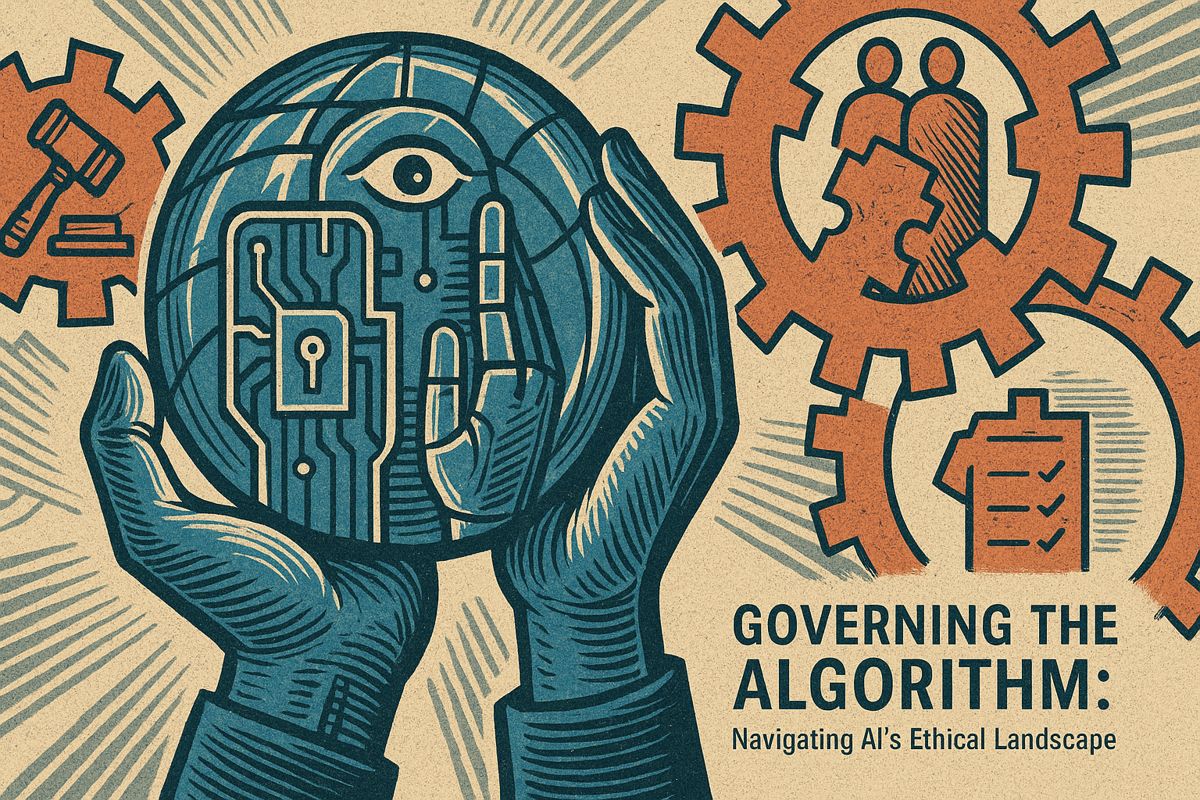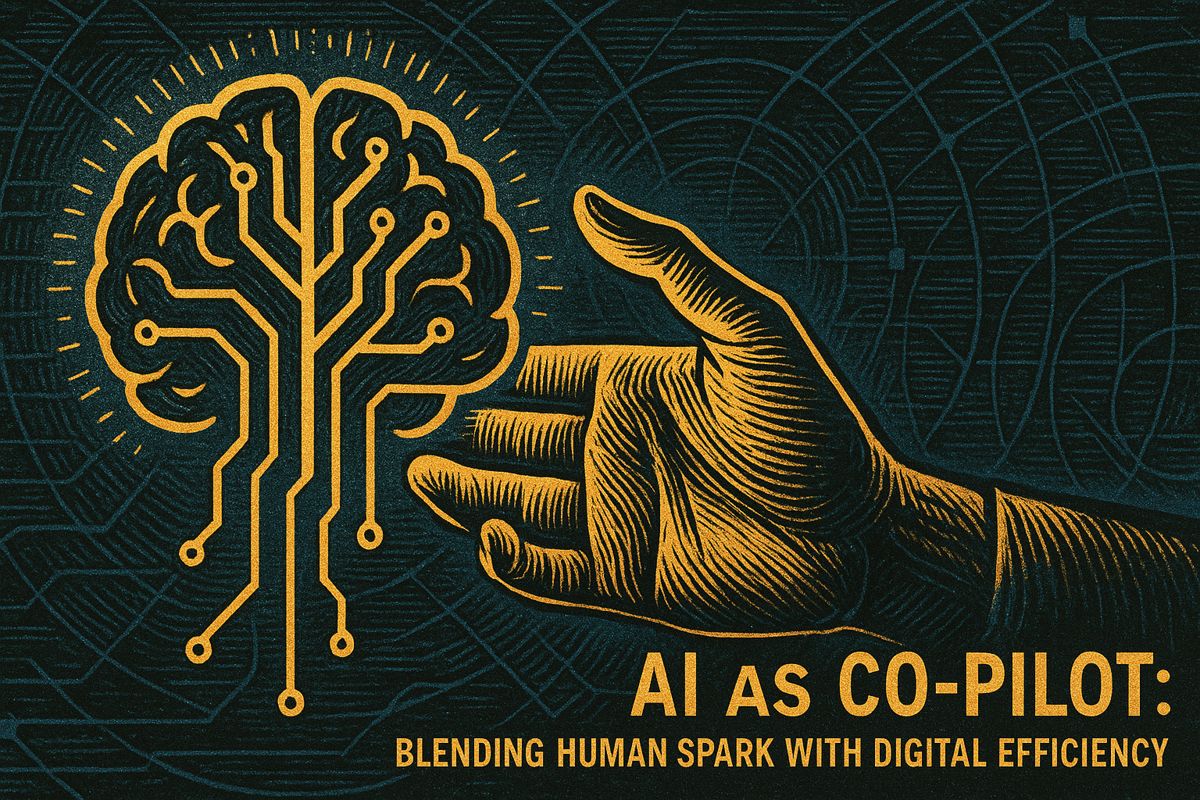In 2025, companies are starting to use autonomous coding agents to help write and review code faster and cheaper than before. To use these agents safely, businesses set up checks like “plan-act-verify” loops, strong guardrails, and human reviews. The best results come from careful tool choices and using separate branches for agent work. Security is very important, with new risks like agents making mistakes or installing bad software. With the right steps, these agents can deliver big productivity gains while keeping code and budgets safe.
What are the key steps for safely integrating autonomous coding agents into enterprise workflows in 2025?
To integrate autonomous coding agents in 2025, enterprises should set up a plan-act-verify loop, enforce robust guardrails (sandboxed execution, cost ceilings, human-in-the-loop reviews), select secure tools, deploy via “clean-room” Git branches, and address new LLM security risks. These steps maximize productivity and safety.
Enterprise pilots of autonomous coding agents are no longer science-project curiosities. Deloitte’s latest forecast estimates that by late 2025 a quarter of all companies already using generative AI will have an active agentic AI pilot in production – double the share expected just twelve months earlier. That jump reflects real, measurable returns: early adopters report up to 30 % faster feature delivery and 40 % reduction in repetitive code-review cycles, according to interviews compiled by Architecture & Governance Magazine.
The architecture behind these gains is surprisingly compact. A minimal “plan-act-verify” loop – repeated in a lightweight Python script of roughly 100 lines – is enough to give an LLM the power to:
- open a terminal (bash)
- search and read files
- edit code in place
- commit changes to Git
Yet moving from a 100-line prototype to a safe, billable service inside a Fortune-500 repository demands a second layer of systems engineering. Below is an up-to-date checklist distilled from 2025 pilot debriefs, vendor white-papers, and security post-mortems.
1. Guardrails that survive 3 a.m. merges
| Control | Rationale (2025 pilot data) |
|---|---|
| Sandboxed execution | 68 % of runaway loops caught before burning > $50 of cloud credits |
| Tight Git scopes | Prevents agents from force-pushing protected branches |
| Cost ceiling per task | AWS budget-alarms triggered 412 times in first quarter, halting tasks |
| Human-in-the-loop gating | Required for any diff > 50 lines; dropped incident rate by 71 % |
2. Tool selection snapshot (late 2025)
- Amazon Q Developer – integrates natively with CodeWhisperer and AWS IAM roles; handles Terraform drift automatically.
- Claude Sonnet 3.7 – highest SWE-bench score (70 %) in the open-weights category; favored for legacy-language refactors.
- *Devin * – full-stack autonomy, but average task cost ~3× higher; ideal for green-field micro-services.
Comparative pricing (public list, USD per 1k prompt tokens):
Amazon Q: $0.003 | Claude 3.7: $0.008 | Devin: $0.025
3. Deployment pattern: the “clean-room” branch
- Agent receives a GitHub issue labeled
agent. - CI spins up a throw-away container with the repo’s main branch snapshot.
- Plan-act-verify loop runs; every state change is logged to a JSONL artefact.
- Upon success, agent opens a pull request against a dedicated
agent/feature-xyzbranch. - Required reviewers = two senior engineers OR one + security bot scan.
This pattern lets teams measure agent ROI in Git metrics: median review time, diff size, and merge frequency rather than vanity “lines of code”.
4. Security watch-list for 2025 agents
OWASP’s new LLM Top 10 (released July 2025) flags three agent-specific vectors:
- LLM06 Excessive Agency – agent granted overly broad file-system or cloud permissions
- LLM09 Supply-Chain Poisoning – malicious package slipped into the agent’s
pip installchain - LLM10 Hallucinated Callbacks – agent writes a non-existent function name, forcing human debug cycles
Mitigations adopted by early adopters include secondary model review (a second LLM reads the diff before commit) and MFA-protected build secrets in CI.
5. Budget reality check
A mid-size SaaS firm running 50 agents daily across micro-services reported an average $0.27 per autonomous pull request – still 7× cheaper than the internal benchmark of $1.90 for a human-only review cycle.
Bottom line: the barrier to entry for an agentic coding teammate has fallen to a short YAML file, but scaling safely still rewards teams that treat agents as co-workers with commit rights – not black-magic oracles.
How do I safely roll out autonomous coding agents beyond a pilot?
Pilot programs are booming. Deloitte predicts 25 % of generative-AI users will launch agentic pilots by late 2025, and that share is set to double by 2027. Yet only about 25 % of AI initiatives reach expected ROI, and fewer than 20 % scale across the enterprise.
To escape the pilot trap, teams are:
- treating Git as the single source of truth – every agent commit is a PR
- enforcing least-privilege IAM – read-only tokens for code, no prod DB write
- sandboxing with resource quotas and runtime kill switches
- adding cost dashboards – one Fortune-100 firm capped agent spend at $0.15 per line-of-code changed
What security threats should I expect in 2025?
Autonomous agents introduce a new attack surface. The latest threat reports list:
- prompt injection that flips the build script to
curl | bash - supply-chain poisoning of agent tool-images
- credential harvesting via log leaks
- resource-overload DoS (one startup saw a 600× spike in API calls)
Safeguards now follow OWASP Top 10 for LLMs and MITRE ATLAS guidelines:
- Agent-gateway: every request passes through an ML firewall that blocks 97 % of known injection patterns
- Memory-zeroization: agent state is wiped every session to limit lateral movement
- Human-in-the-loop gate for any command that could mutate infra configs
Which agent should I choose for enterprise-scale projects?
The 2025 landscape is crowded. Here is how the front-runners differ:
| Agent | Core Strength | Bench Score* | Enterprise Angle |
|---|---|---|---|
| Claude 4 Sonnet 3.7 | Depth of reasoning | 70 % SWE-Bench | Deep Git diff understanding |
| Amazon Q Developer | End-to-end AWS glue | n/a | One-click CloudFormation roll-outs |
| Devin | Full-stack autonomy | 13.86 % SWE-Bench Verified | Handles infra + code |
| Microsoft Copilot Vision Agents | 365 workflow hooks | n/a | Custom agents via Copilot Studio |
*Higher SWE-Bench means better autonomous bug-fix success.
Teams mixing Claude for code review + Devin for green-field features report 35 % faster release cycles while keeping human review on critical paths.
How much will this actually cost?
Budgets are moving from experimentation to production line-items:
- 68 % of enterprises earmark ≥ $500 k/year for AI-agent programs
- 42 % plan to prototype 100+ agents inside 12 months
- Average cloud compute cost per autonomous build is $0.13 per minute when GPUs are reserved, $0.87 on-demand
A mid-size fintech cut spend by 46 % after introducing spot-instance pools and agent-level caching of container images.
Do I need to change my SDLC?
The short answer: yes, but less than you fear.
Modern SDLC in an agent world looks like:
- Issue ticket created in Jira
- Agent pull – agent creates branch, writes code, opens PR
- Human review – senior dev approves or requests changes via PR comments
- Auto-test – CI runs full regression with agent-generated tests
- Merge & deploy – blue-green, automated rollback on anomaly
Tooling that plugs directly into GitHub Actions or GitLab CI means no fork of your existing flow; agents just become another contributor with a robotic avatar.



















